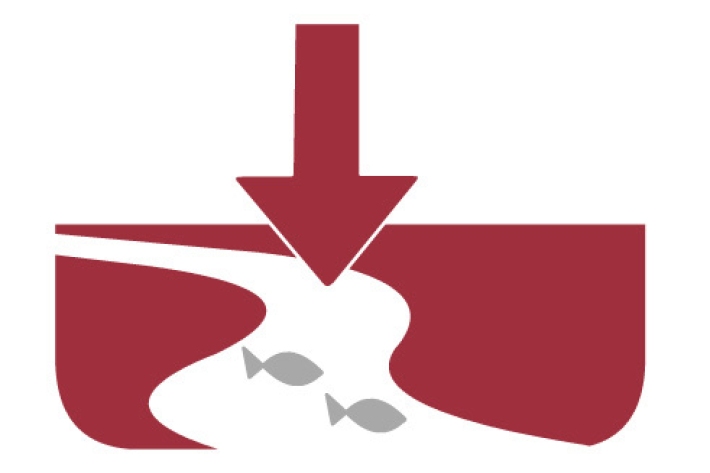Urbanisation
Aotearoa’s main urban areas cover approximately 2% of total available land.
Aotearoa’s main urban areas cover approximately 2% of total available land.
The majority of the New Zealand urban population lives in the North Island (over 2 million people) compared to the South Island (just over half a million). Activities associated with urbanisation that significantly impact the environment require a Resource Consent. For example, earthworks around waterways, road construction, disturbance of waterways by channelisation, and construction of instream barriers (culverts or piping) will likely require consents.
Kaitiaki Tools will help you identify activities and environmental impacts specifically related to urbanisation and the associated impacts.
Book: Kaitiaki Tools
- Mitigation and best practice options
- What is Kaitiaki Tools?
- What is the proposed activity or industry?
-
What impacts interest you?
- Chemical contamination
- Mitigation and best practice options
- Dissolved oxygen
- Infectious substances
- Instream barriers and altered water flow
- Modified habitat
- Nutrient overloading
- Sediment
- Temperature changes
- Water clarity
- Loss of riparian vegetation
- Mahinga kai - what species interests you?
- About the resource consent process
-

Urbanisation activities
Urbanisation has changed the face of many waterways that flow through urban areas -

Impacts of urbanisation
Impacts of urbanisation on water quality and mahinga kai. -

Mitigation and best practice options
Some simple steps to minimise the effects of urbanisation on water quality and mahinga kai.
